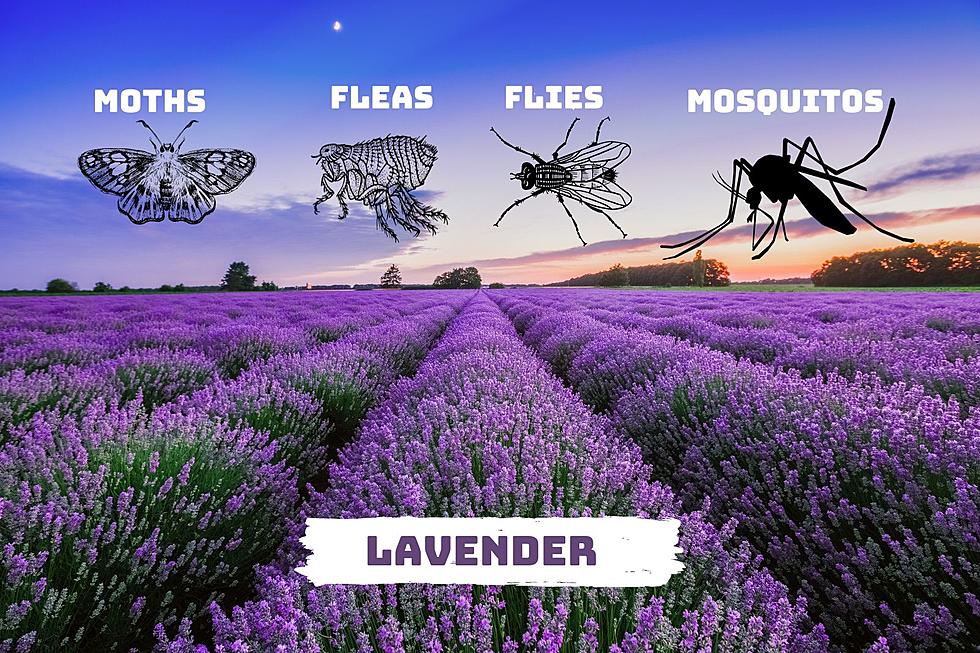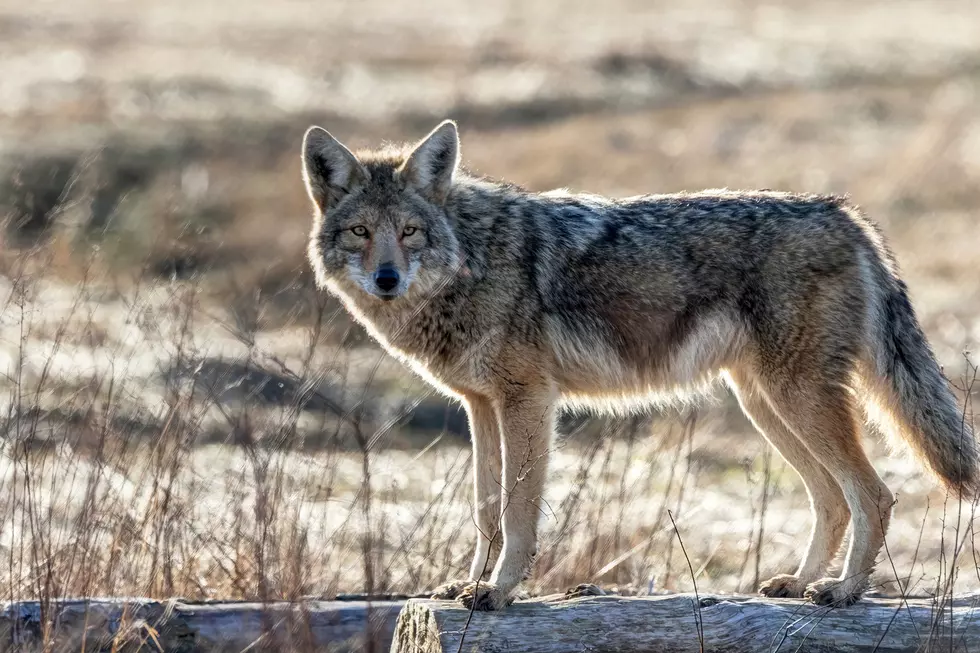
Tests Show Maintaining High Quality Feed Key to Profits
If you missed the Oneida Country Crop Congress meeting, you may have missed some important information. Jeff Miller with Cornell Cooperative Extension says tests show profitability is tied directly to maintaining hay drop forage quality.
Farm credit East, Cornell and many other organizations who do financial bench marking for dairy farmers point to a high percentage of high quality forages as a significant factor in maintaining profitability.
Many NY farmers have fields of Alfalfa and grass forage unlike their counterparts in the mid-west who have fields of clear alfalfa. A couple of companies have released some new alfalfa varieties with lower lignin levels. Lignin is hard to digest component of plants and reducing this component increases digestibility.
Jerry Cherney, Cornell Forage specialist planted a low lignin alfalfa variety with 10 different grasses each in an individual plot and then replicated those plots 5 times. He repeated the procedure using a highly productive commercial alfalfa variety. His objective was to determine the yield and quality differences between the commercial alfalfa variety and new low lignin variety when planted in mixed swards with grasses. The trial was planted in the spring of 2015, harvested 3 times in 2015 and 5 times in 2016. He made 3 major points.
Farmers should strive to maintain grasses at 30% or less of the stand composition. When grasses exceed 30% of the sward quality and yield drop off. You can gain 6-7 % increase in NDFD (neutral detergent fiber digestibility) when grasses are greater than 10% but no more than 30% of the sward when compared to clear alfalfa and increase yield from 1/3 to 2/3 ton per acre per year.
Meadow fescues and some tall fescue varieties are most suitable for mixtures with alfalfa because they have higher quality then other grasses and they are less competitive with the alfalfa. You can gain 1-2% higher digestibility. Planting a high quality alfalfa like one of the low lignin varieties can also improve digestibility by 1-2%.
You can get more information on the test results and other production techniques at CCE's forage crops web page.
More From Big Frog 104









